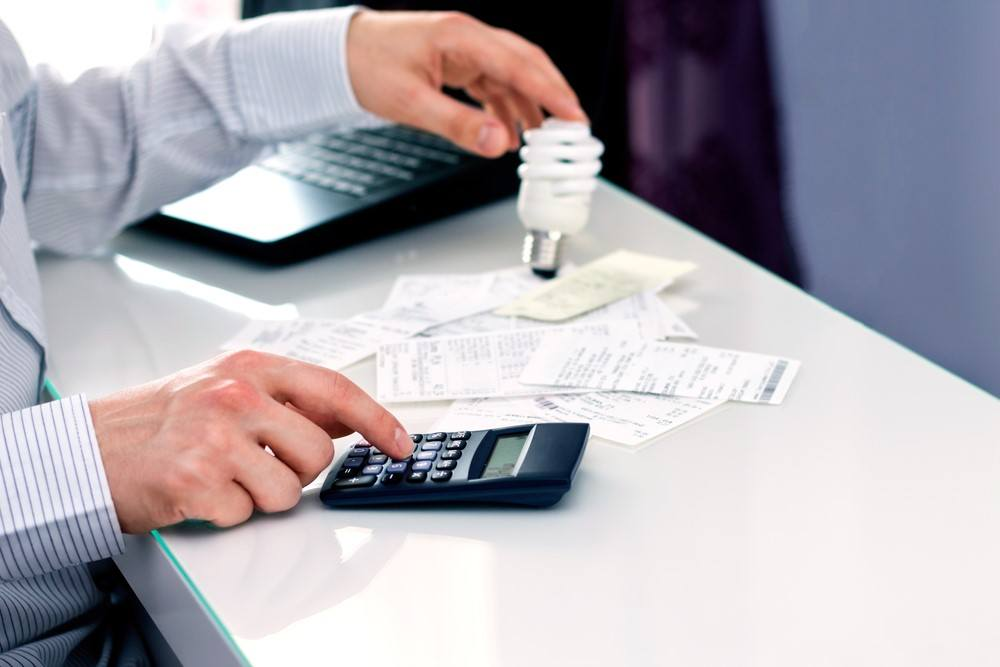Running any business means that you have various tasks that are competing for priority. Therefore, it’s rare that you have time to review your business energy bills, but spending a couple of minutes checking your business utilities is crucial. The most important things on the business energy bill include the standing charge, unit rate, and contract end date. But there are also other seen and unseen costs on your business energy bills. This page explains your business energy bills.
What you can see on the business energy bill
Your business energy bill has a standing charge which is the rate that you must pay each day for the energy supply to your company, regardless of the amount of energy your business uses. Business electricity tariffs usually have a standing charge, but few business gas tariffs have a standing charge. However, when the standing charge is not there or is low, the energy supplier can include this cost in the unit rate.
When it comes to the unit rate, it is the amount that you need to pay for each kilowatt hour of gas or electricity your business uses. Having the lowest unit rate doesn’t not often mean that you secured the cheapest energy price. This is because it tends to depend on the amount of energy you use. For large businesses, a low unit rate is important while small businesses may choose a no or low standing charge and high unit rate.
Your business energy bill also has the Climate Change Levy which is a government fee that you must pay for each unit of non-renewable energy your business utilizes. You don’t need to pay this levy for renewable energy your business uses and businesses that utilize less than 145 kWh of gas each day and 33 kWh of electricity each day also don’t have to pay this levy.
Most businesses pay 20 percent VAT on the energy bills. Likewise, you can pay 5 percent if your business utilizes less than 145 kWh of gas each day or 33 kWh of electricity each day.
Unseen business energy charges
There are many challenges that business energy suppliers have to overcome to supply electricity or gas to your business premises. They need to get the energy from the source, through pipes and wires, to your energy meter, so the business energy supplier needs to recover these costs. These costs can contribute to about 50 percent of your business energy bill.
The cost of transporting your electricity or gas from source to its destinations tends to vary by area. Ideally, the cost of energy can be more if your business premises are further away from the location when the energy is procured or produced. You also need to pay the cost of maintaining the transportation system and the cost of transporting.
Transmission is just like the national motorway network for electricity while distribution is like the localized roads that carry the energy to its final destination. Remember that you cannot see these charges on your business energy bill, though they contribute a lot to the costs that you have to pay business energy suppliers.
